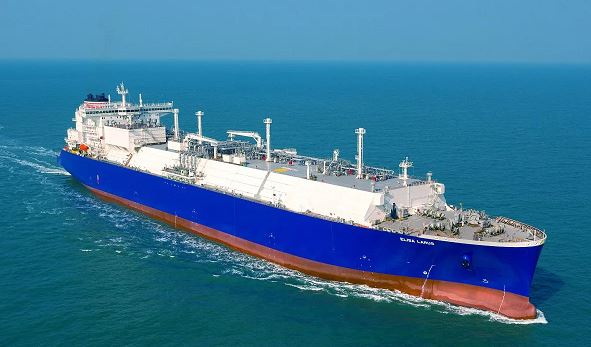Electrical Propulsion systems are not new to the marine industry. However, the system was limited to passenger vessels and some hi-tech research vessels. Recent trends and developments in power electronics have paved way for more advanced and modern trends in electrical propulsion.
With both developed and developing countries eyeing using cleaner fuel, the demand for LNG has increased exponentially during the past five years. As a result, more ship owners are interested in the LNG trade and have started to look for more efficient propulsion options.
Why LNG Tanker Propulsion is Emphasized
LNG, with a boiling point of minus 161.5 degrees Celsius at atmospheric pressure, is highly volatile and thus demands a containment system that can maintain a temperature near or below its boiling point. However intact the containment system may be, a certain percentage of vapors (called “boil-off”) that accumulate tend to increase the tank pressure. If this increase is not relieved, it will have a huge impact on insulation walls and membranes. To solve this problem, the boil-off is piped into the engine room. LNG carriers have a natural advantage in using boil-off gas for propulsion.
Boil-Off For Propulsion
1. The boil-off piped into engine room is used as fuel in the boilers and the high pressure steam produced is used for propulsion in steam turbines.
2. More recent methods are using boil-off in diesel engines.
3. Using boil-off gas for power generation (generator engines) and having an electrical motor for propulsion. DFDE and TFDE ships: DFDEs are Dual Fuel Diesel Electric Propulsion and TFDEs are Tri-Fuel Diesel Electric Propulsion.
4. Using boil-off gas for main propulsion engine itself. These are normal two-stroke, cross head propulsion engines.
It is widely known that steam turbines have very low thermal efficiency, and because of this the marine world has started to prefer diesel engines. With new technologies by Wartsila and MAN B&W, it is currently possible to burn natural gas in the engines.

The picture above shows a typical platform layout of a TFDE-Electrically propelled vessel.
When the main propulsion diesel engine is replaced by two electrical motors, such enormous space is saved in the engine room that the entire bottom platform looks empty. The weight of the motor is less compared to the diesel engine, and thus more cargo can be carried. Since the main propulsion diesel engine requires more auxiliaries for its operation, the entire plant has to be huge and complex. With electrical propulsion, the auxiliaries are just some thyristors and exciter control panels that occupy much less space and hardly require any maintenance.
TFDE Propulsion Layout
The name TFDE originates mainly due to the power generation engines being able to use three different types of fuel, thus the name “tri-fuel diesel electric propulsion.”
With respect to propulsion, the most modern trend is to have electrical motors instead of diesel engines. Power generated in the alternators is in the range of 10 to 20 megawatts, which then feeds the main propulsion motors.
Again we have an option of selecting synchronous motors or induction motors for propulsion. The picture specifies various propulsion motor options with fixed and controllable pitch propellers.

Electric propulsion offers various advantages like layout flexibility, low running cost and maintenance, better efficiency, and good maneuverability. A typical electrical propulsion system has 4 generators each generating 8 to 12 mW of power at 6600 or 11000 Volts, 60 Hz. This is fed to the main bus bar from where the propulsion motors are fed. The propulsion motors are two in number coupled together with a reduction gear, driving the propeller.

Each propulsion motor is connected from the bus bar through propulsion transformers. The motor has two stator windings for redundancy reasons. When one stator winding fails, the motor can still run at 50% redundancy.

Even though the generated voltage is 6.6 kV, the motors run on 3000 V or lesser. This is because of the limitation in the thyristor firing circuits. The motors can even run as low as 1 or 2 Revolutions which offer better control for maneuvering. The number of generators connected to the bus bar depends on the load on the electrical motor.
The main propulsion electric motors can be started in many ways. The most common two types are
1. Starting normally as induction motor and then making it a synchronous motor, and
2. Pony motor driving the motor making it as synchronous motor.
On all these ships, which have electrical motors for propulsion, kVAr load is more important that the conventional kW load. When the propulsion motor starts, the kVAr load is more than the kW load. As the motor picks up speed, gradually kW load increases to a greater extent as the kVAr starts to stabilize.


